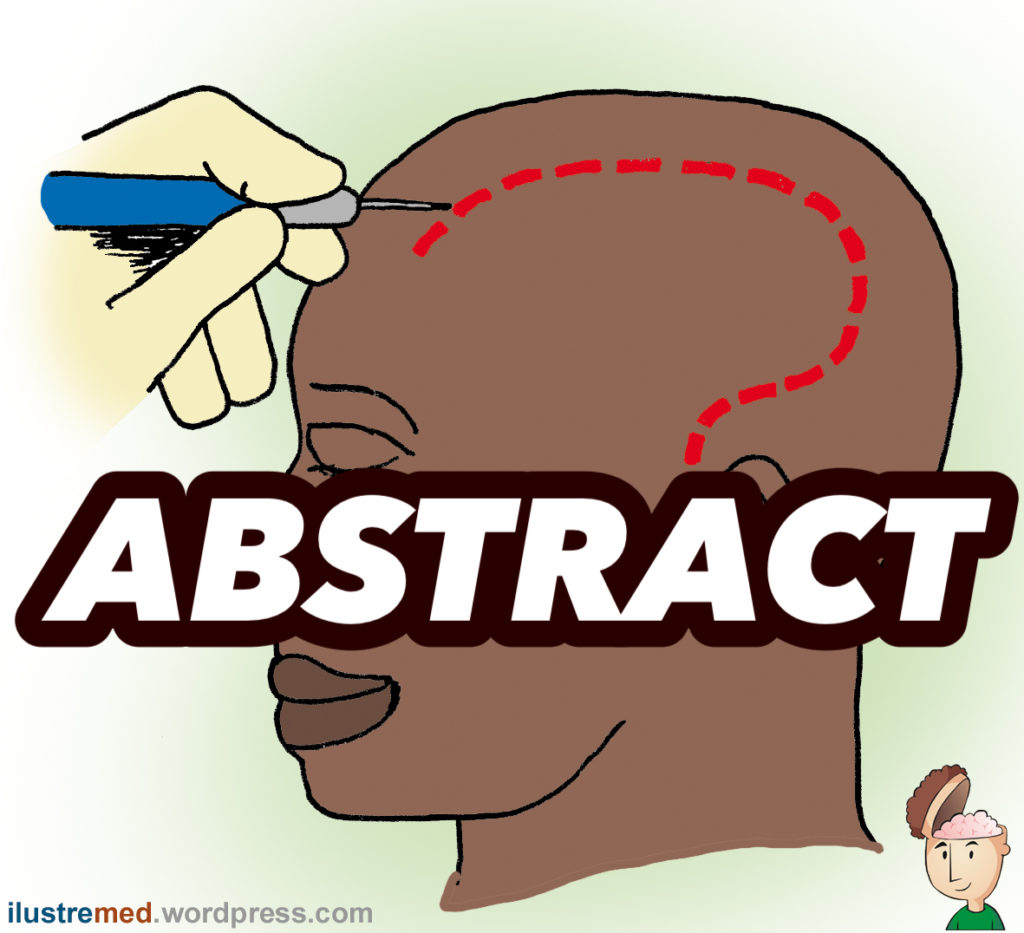Quality of life outcomes over time in patients with unruptured intracranial aneurysms
Neurology 2022 Jul 5;10.1212/WNL.0000000000200831.
doi: 10.1212/WNL.0000000000200831. Online ahead of print.
Quality of life outcomes over time in patients with unruptured intracranial aneurysms with and without preventive occlusion: a prospective cohort study
Annemijn M Algra 1, Jacoba P Greving 2, Marieke J H Wermer 3, Marianne A A van Walderveen 4, Irene C van der Schaaf 5, Albert van der Zwan 6, Johanna Visser-Meily 7, Gabriël J E Rinkel 6, Mervyn D I Vergouwen 6
Affiliations expand
- PMID: 35790419
- DOI: 10.1212/WNL.0000000000200831
Abstract
Objective: In counselling patients with an unruptured intracranial aneurysm (UIA), quality-of-life (QoL) outcomes are important for informed decision-making. We evaluated QoL outcomes in patients with and without preventive aneurysm occlusion at multiple time points during the first year after UIA diagnosis and studied predictors of QoL outcomes.
Methods: We performed a prospective cohort study in patients ?18 years old with a newly diagnosed UIA in two tertiary referral centers in the Netherlands between 2017 and 2019. Patients were sent QoL questionnaires at 7 (aneurysm occlusion) or 5 (no occlusion) moments during the first year after diagnosis. We collected baseline data on patient and aneurysm characteristics, passive coping style (Utrecht Coping List), occlusion modality, and neurological complications. We assessed health-related QoL (HRQoL) with the EuroQol 5-dimensions (EQ-5D), emotional functioning with the Hospital Anxiety and Depression Scale (HADS), and restrictions in daily activities with the Utrecht Scale for Evaluation of Rehabilitation-Participation (USER-P). We used a linear mixed effects model to assess the course of QoL over time and to explore predictors of QoL outcomes.
Results: Of 153 eligible patients, 99 (65%) participated, of whom 30/99 (30%) underwent preventive occlusion. Patients undergoing occlusion reported higher baseline levels of passive coping, anxiety and depression, and restrictions than patients without occlusion. During recovery after occlusion, patients reported more restrictions compared to baseline (adjusted USER-P decrease one-month post-occlusion: -12.8 (95%CI:-23.8- -1.9). HRQoL and emotional functioning gradually improved after occlusion (EQ-5D increase at one-year: 8.6 (95%CI:0.1-17.0) and HADS decrease at one-year: -5.4 (95%CI:-9.4- -1.5)). In patients without occlusion, the largest HRQoL improvement occurred directly after visiting the outpatient aneurysm clinic (EQ-5D increase: 9.2 (95%CI:5.5-12.8)). At one-year, QoL outcomes were comparable in patients with and without occlusion. Factors associated with worse QoL outcomes were a passive coping style in all patients, complications in patients with occlusion and higher rupture risks in patients without occlusion.
Conclusions: After UIA diagnosis, QoL improves gradually after preventive occlusion and directly after counselling at the outpatient clinic in patients without occlusion, resulting in comparable one-year QoL outcomes. A passive coping style is an important predictor of poor QoL outcomes in all UIA patients.

